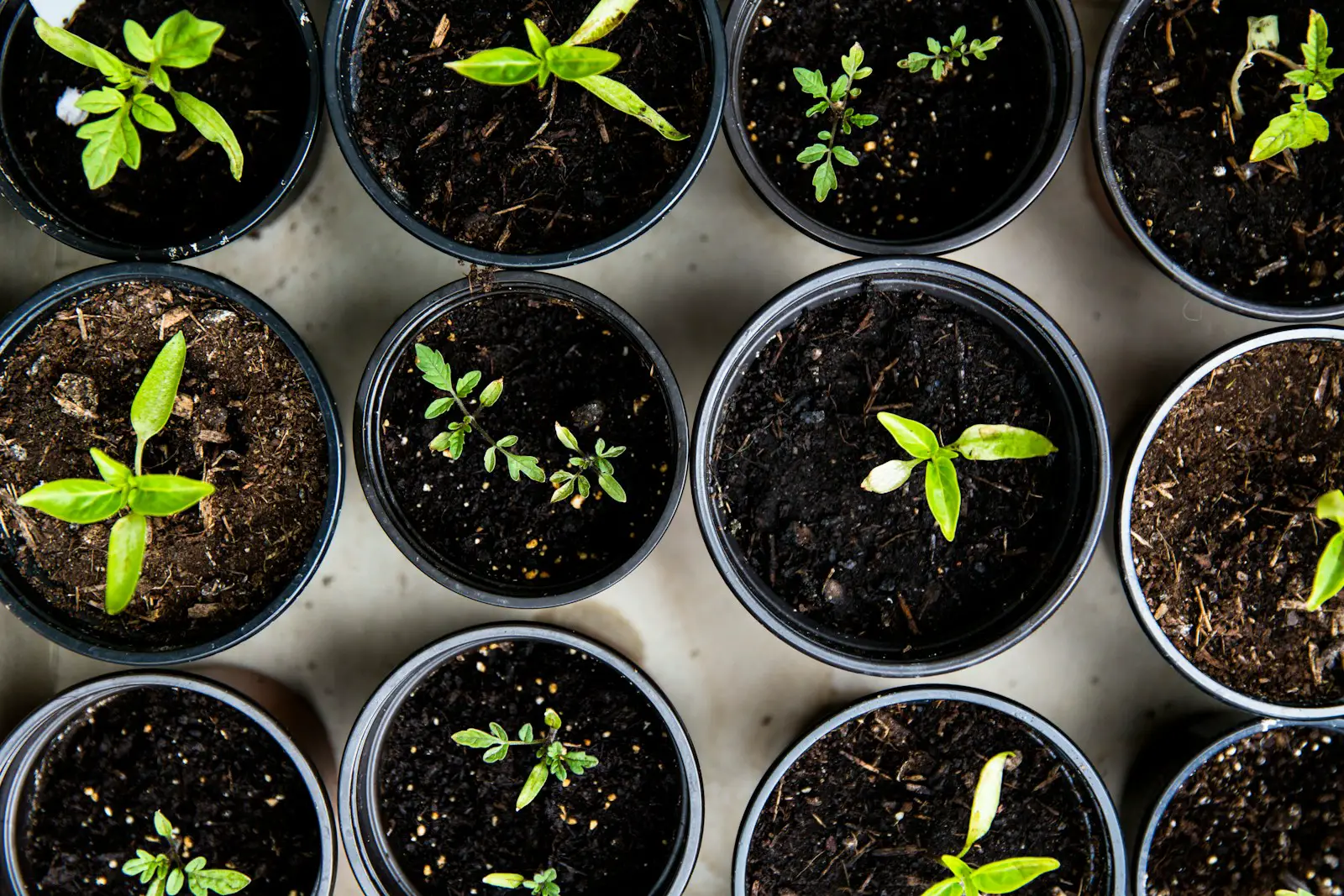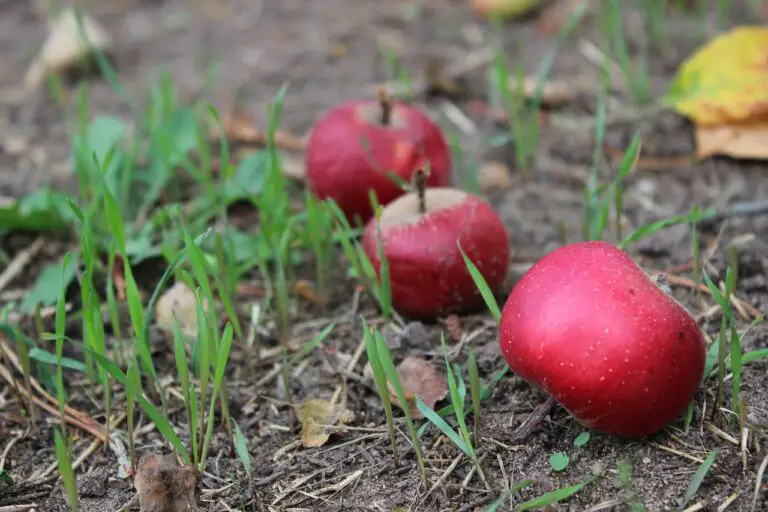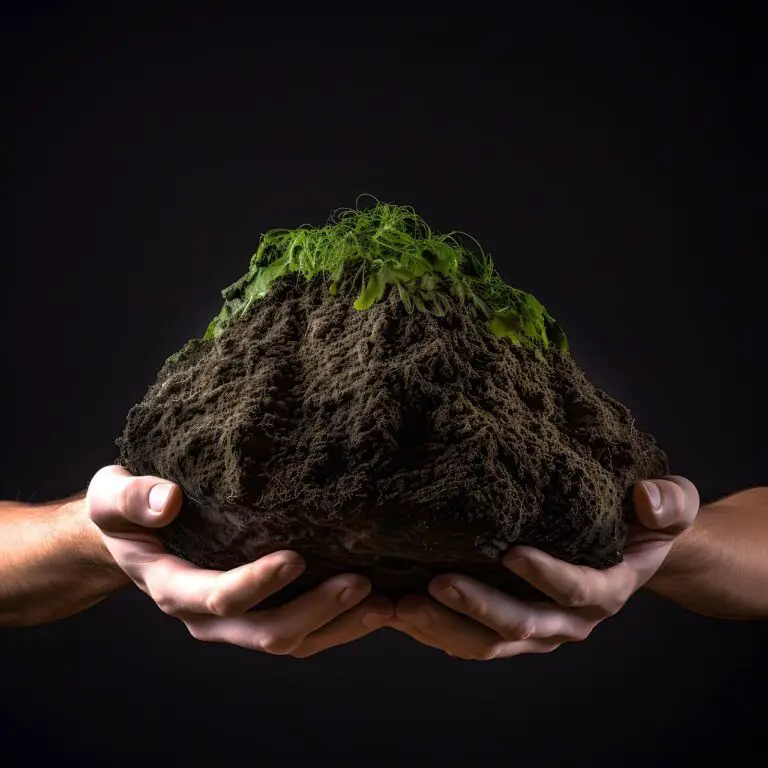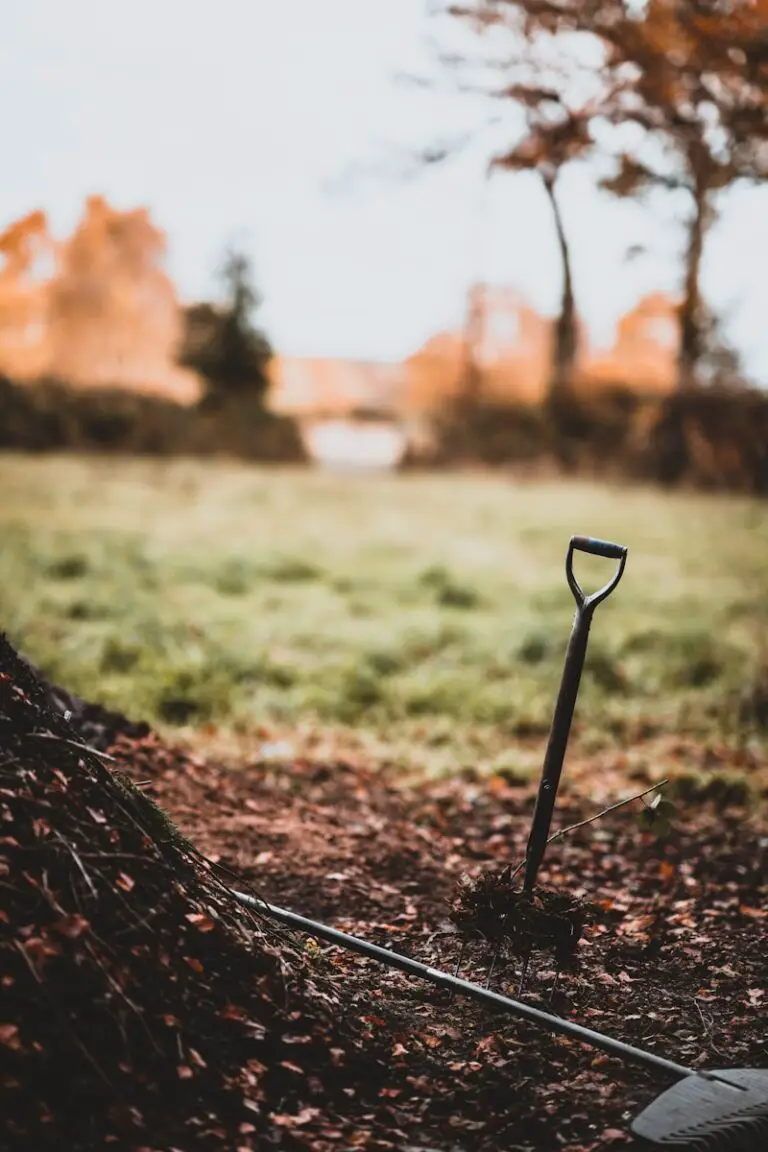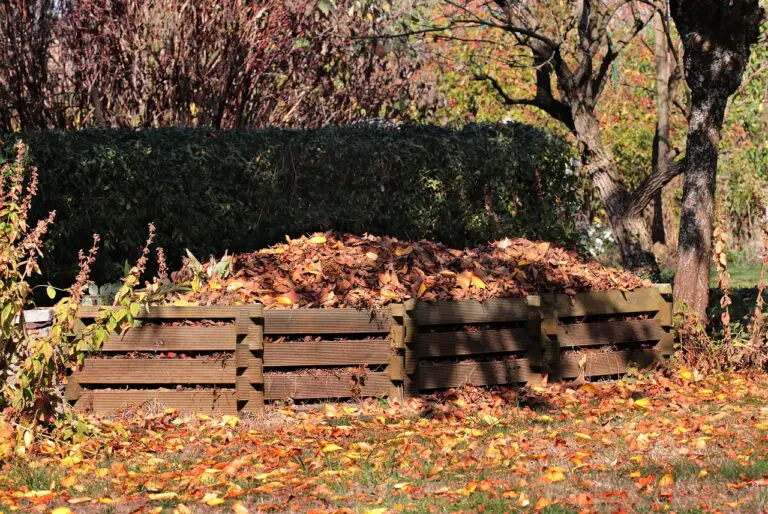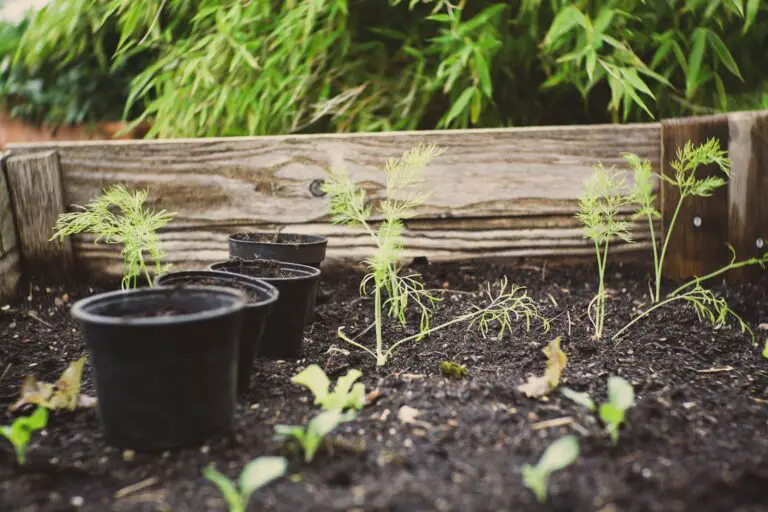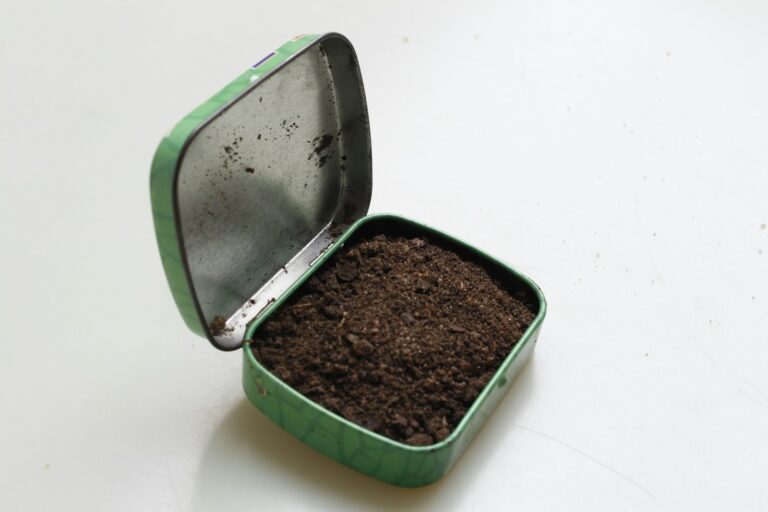Enhancing Soil Quality: A Guide to Using Finished Compost
Healthy soil is the lifeblood of a thriving garden. Enthusiastic gardeners are constantly seeking ways to bolster their soil’s fertility, structure, and ability to hold water—without resorting to harsh chemicals. This is where finished compost steps in as a natural, cost-effective, and holistic solution. In this comprehensive guide, we’ll explore how you—caring gardener, can leverage finished compost to enhance your garden’s soil and ensure a bountiful harvest.
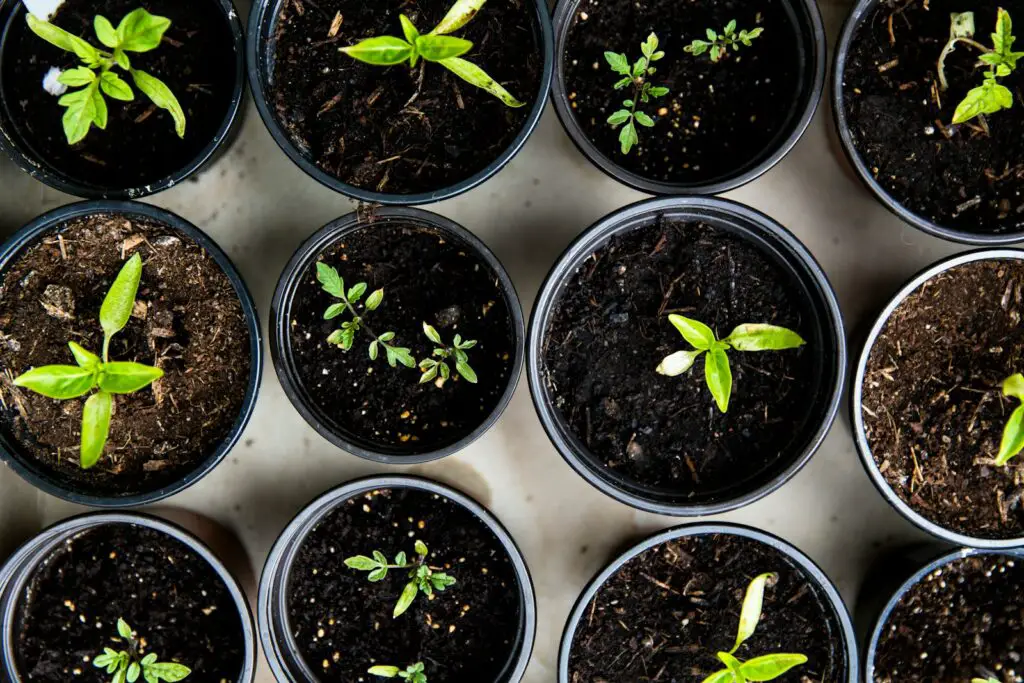
Why Use Finished Compost?
The Definition of Finished Compost
Before we dig into the earth, it’s vital to define our primary tool—finished compost. This isn’t the mound of food scraps and leaves slowly decomposing in your backyard. Finished compost is the end product of decomposition, a dark, crumbly material teeming with beneficial microorganisms and nutrients.
Benefits of Using Finished Compost for Soil Improvement
The appeal of finished compost lies in its organic nature. It provides a buffet of nutrients in a slow release form, as well as encouraging the development of robust root systems. Its textural improvement of the soil creates an aerated, moisture-retentive environment that helps suppress plant diseases. Truly, finished compost is the gardener’s all-in-one soil amendment.
How to Apply Finished Compost
Mixing Compost into Soil
The first way to apply finished compost is by turning it into your garden beds. You’ll want to mix it thoroughly—aim for a 1:3 ratio of compost to soil. This ensures that the compost is distributed evenly and doesn’t become a nutrient or water trap when applied too thickly.
Top-Dressing with Compost
Alternatively, you can apply compost as a top dressing, which simply involves spreading a layer of compost over the soil. This method is excellent for maintaining a continuous supply of nutrients and enriching the soil’s surface over time. Make sure the layer is no more than an inch or so thick to allow for proper aeration and moisture retention.
Making Compost Tea for Plants
Do you want to supercharge your plants with the benefits of compost even more directly? Compost tea is the way to go. This liquid fertilizer is formulated by steeping finished compost in water, then applying the “tea” to plants’ roots or foliage. It’s a quick and effective method of delivering nutrients to your plants.
Improving Soil Fertility
Nutrient Content in Finished Compost
Finished compost contains a rich array of essential nutrients—nitrogen, phosphorus, potassium, among others—that plants crave for growth and vitality. These nutrients are more accessible to plants in compost form, and the organic matter in compost helps to stabilize soil pH.
Enhancing Microbial Activity in the Soil
Compost’s living population of microorganisms isn’t just accidental; it’s key to soil health. These little workers are essential for breaking down organic materials and making nutrients available to plants. Utilizing compost means fostering an entire ecosystem in your soil that’s conducive to plant health.
Tips for Successful Compost Application
Compost Application Rates
Determining the correct amount of compost to apply is crucial, as too much can be as harmful as too little. A general rule of thumb is to apply about 1/4 to 1/2 inch of finished compost each year.
Timing for Best Results
The best time to apply finished compost is in the fall when the growing season has ended, or in the early spring before planting. This ensures that the compost has time to integrate with the soil and its nutrients are available for the upcoming growing season.
Monitoring Soil Health After Compost Application
Keep an eye on your soil after applying compost to gauge the quality and impact of the amendment. Healthy soil teems with activity, and you should start to see increased earthworms, better drainage, and a more granular, rich texture over time.
Case Studies or Examples
Real-Life Success Stories of Gardeners Using Finished Compost
Many successful gardeners have attested to the remarkable changes that finished compost has brought to their gardens. For instance, the chronicles of Helen, a suburban gardener, who doubled her vegetable yield after incorporating finished compost. Or Barney, a flower enthusiast, who saw an explosion of color and a longer bloom season.
These inspiring tales underscore the idea that incorporating compost into your gardening routine is not just about soil health; it’s about plant performance and yield.
Conclusion
Composted organic matter is not just a trend in sustainable gardening; it is an essential strategy for ensuring a fertile and productive garden space. By using finished compost, you are creating an environment that supports plant life and the broader ecosystem.
Recap of the Benefits of Using Finished Compost for Soil Quality
From enriching your soil with vital nutrients to improving its structure and microbial life, finished compost is a powerhouse for your garden. It’s a step that ensures you’re working with nature, not against it, and reaping the rewards in the form of a beautiful, thriving garden.
Encouragement for Gardening Enthusiasts to Incorporate Composting into Their Routine
The simplicity of composting may seem humble in the complexity of gardening, but it is the foundational step toward sustainable, organic gardening practices. Whether you are a seasoned horticulturalist or just beginning to green your thumbs, composting is an essential skill that promises a sustainable cycle of life for your plants and the earth.

